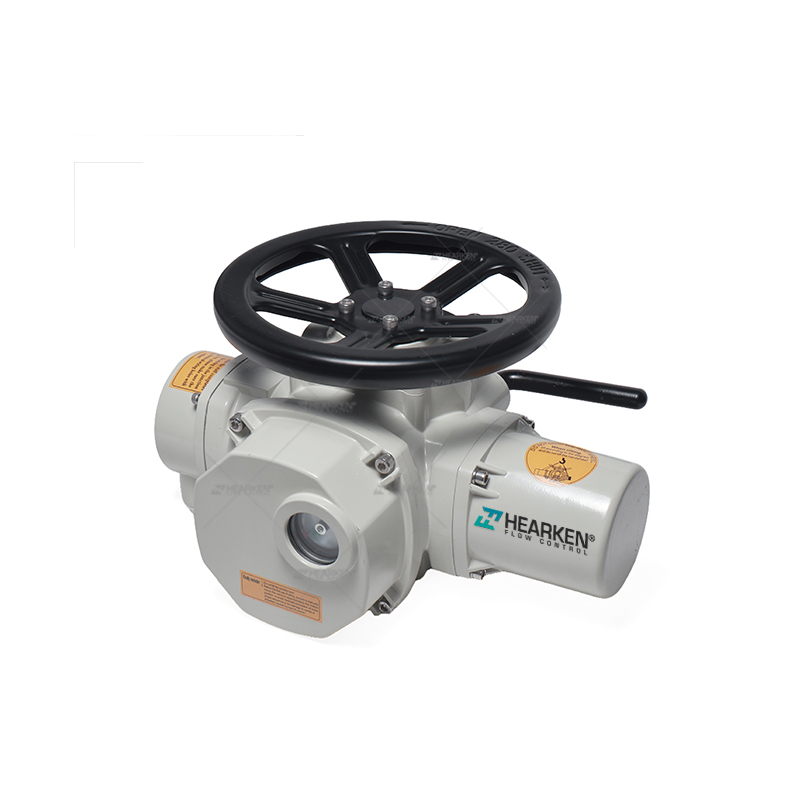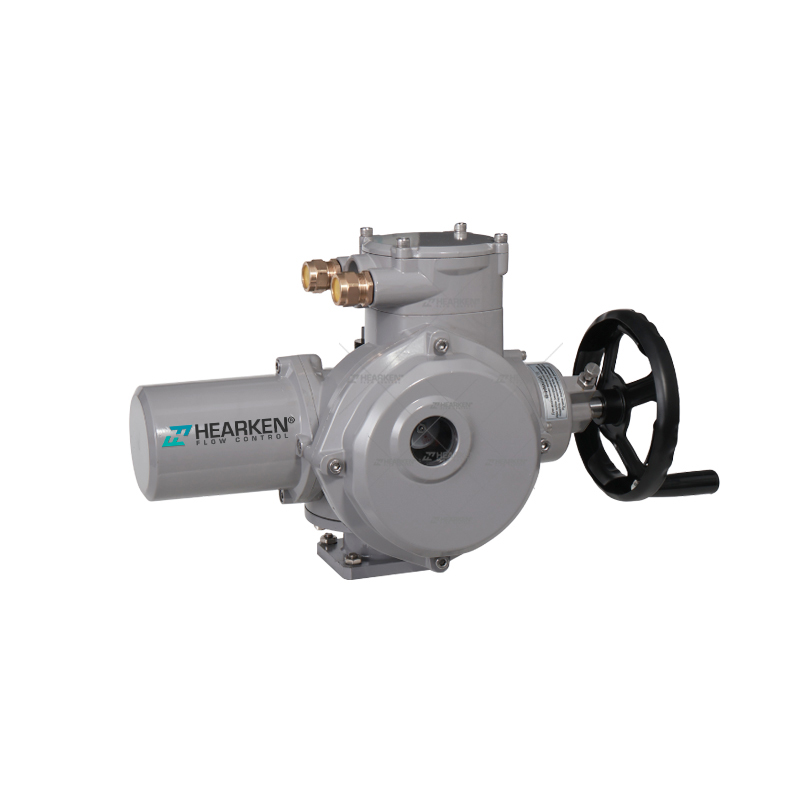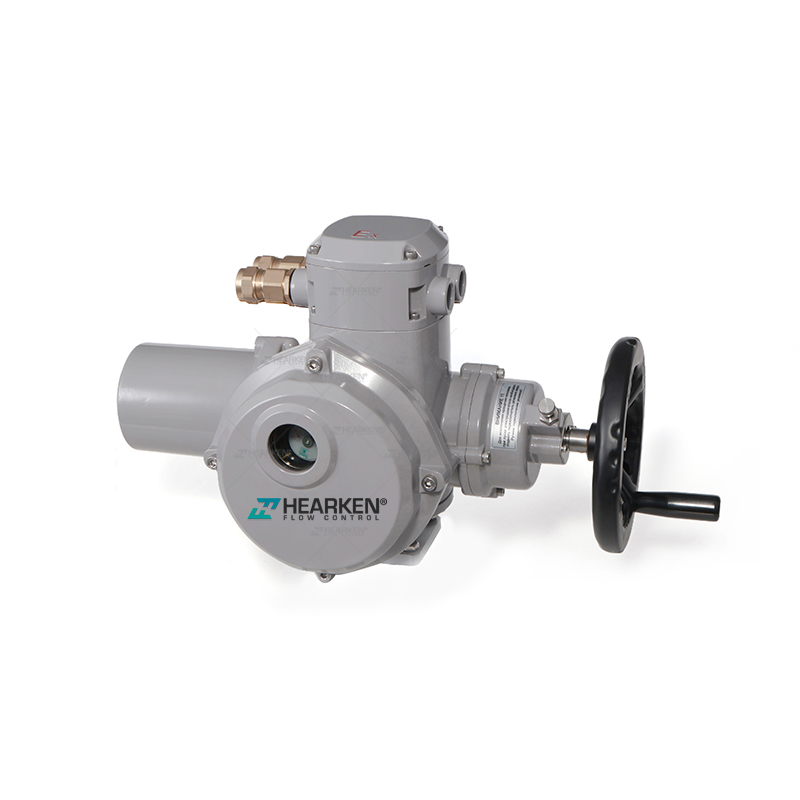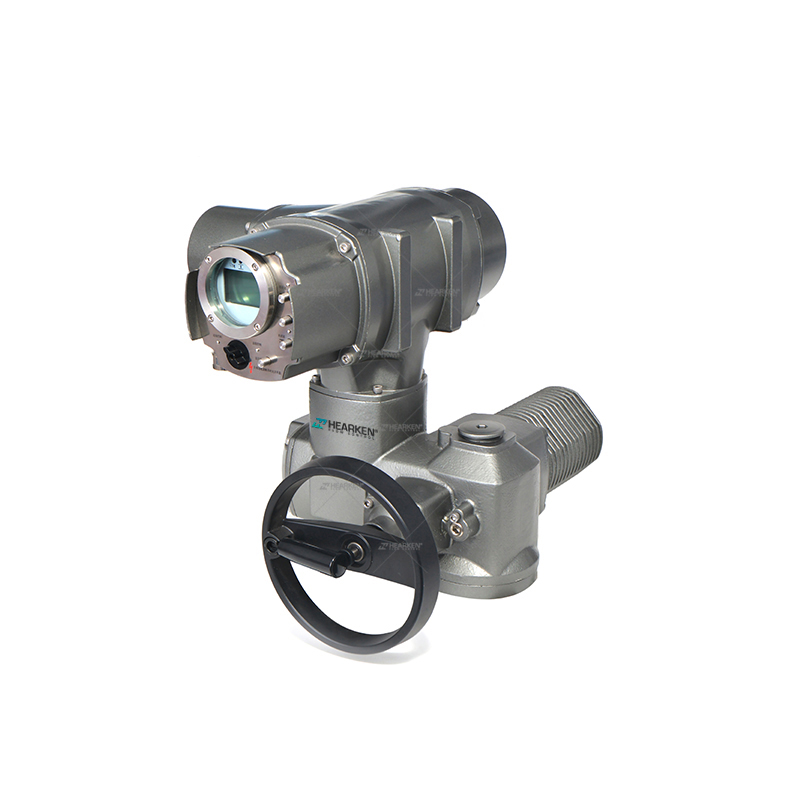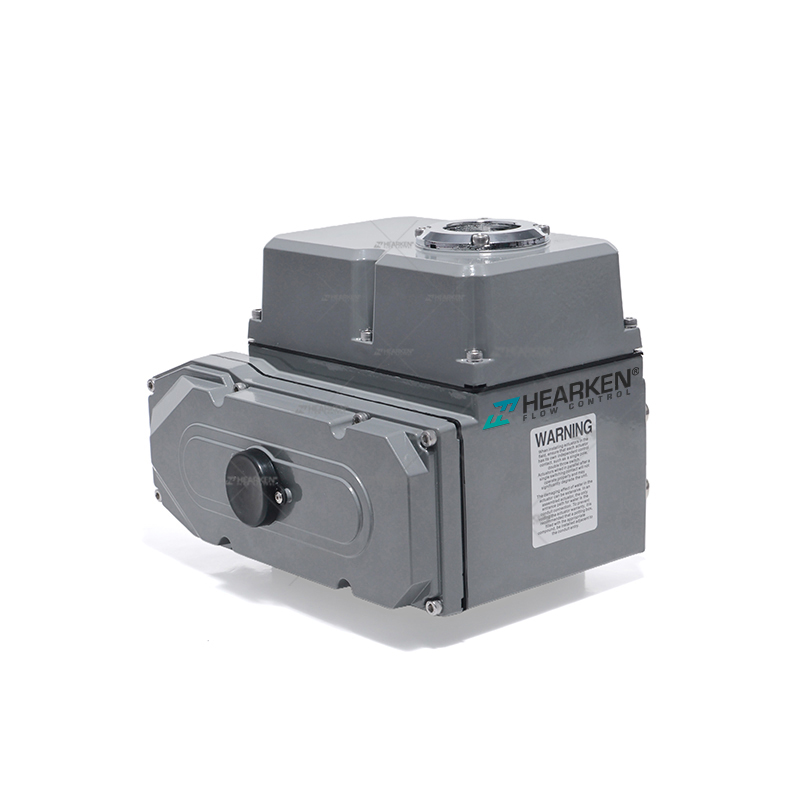Multiple Electric Actuator
IP68 Multi-Turn Linear Electric Actuator For Gate Valve
With an IP68 rating, this actuator is built to withstand the most challenging conditions
Outdoor Motorized Multi-turn Intelligent Switch Type Electric Actuator
The outdoor Motorized Multi-turn Intelligent Switch Type Electric Actuator are advanced
Multi-Turn Electric Actuator
The multi-turn small electric valve actuator is a new product extended from the small-di
What is quarter turn actuator?
A Quarter-Turn Actuator is designed to operate valves that require a 90-degree turn to move from the fully-open to the fully-closed position—or vice versa. Simply put, it's all about the quick pivot, no dilly-dallying.
What are four types of electrical actuators?
1. Linear Electric Actuators
Characteristics:
Linear Motion: Directly produces linear motion in a push or pull action.
Precision: High level of control and accuracy.
Ideal For:
Sluice Gates: In water treatment facilities.
Lifting Mechanisms: In material handling sectors.
Noteworthy Features:
Easy to integrate with control systems for automated or manual operations.
2. Rotary Electric Actuators
Characteristics:
Rotational Motion: Offers angular motion typically up to 360 degrees.
Versatile: Suitable for various applications, often adjustable for different angles.
Ideal For:
Ball Valves: In chemical processing plants.
Butterfly Valves: In HVAC systems.
Noteworthy Features:
Usually compact and easy to install.
3. Quarter-Turn Electric Actuators
Characteristics:
90-Degree Turn: Specialized for applications requiring a quick quarter-turn.
Efficient: Swift and precise operations.
Ideal For:
Plug Valves: In oil and gas pipelines.
Dampers: In ventilation systems.
Noteworthy Features:
Often comes with built-in positioners and sensors for feedback control.
4. Multi-Turn Electric Actuators
Characteristics:
Multiple Rotations: Designed for valves that require multiple turns to reach full open or close positions.
High Torque: Ideal for heavy-duty applications.
Ideal For:
Gate Valves: In hydropower stations.
Globe Valves: In steam systems.
Noteworthy Features:
Highly customizable with various control options.
What is the difference between quarter turn and multi turn actuators?
Range of Motion: A Tale of 90 Degrees vs Multiple Turns
Quarter-Turn Actuators
Range: Limited to a 90-degree turn.
Action: Ideal for opening and closing valves in a snap, literally with a quarter turn.
Multi-Turn Actuators
Range: Multiple 360-degree turns, offering a broader range of motion.
Action: Useful for valves that require more rotations to reach their fully opened or closed positions.
Applications: Where Each Finds its Home Turf
Quarter-Turn Actuators
Valve Types: Mainly used for ball, plug, and butterfly valves.
Industries: Widely seen in HVAC systems, chemical plants, and water treatment facilities.
Multi-Turn Actuators
Valve Types: Commonly employed for gate, globe, and pinch valves.
Industries: Often used in power plants, dams, and any other application requiring a high level of torque over several turns.
Speed & Efficiency: Quick Sprints vs Steady Marathons
Quarter-Turn Actuators
Speed: Faster operations due to limited range.
Efficiency: Consumes less energy for short, quick actions.
Multi-Turn Actuators
Speed: Generally slower due to multiple rotations needed.
Efficiency: May consume more energy but can generate higher torque.
Control & Feedback: The Brains Behind the Brawn
Quarter-Turn Actuators
Control: Often comes with built-in positioners and sensors for precise control.
Multi-Turn Actuators
Control: Usually feature more sophisticated control options to monitor multiple turns, making them suitable for complex applications.
The Hearken Promise: Tailored Solutions
It's not just about choosing between Quarter-Turn and Multi-Turn Actuators; it's about selecting the right ISO 9001 certified actuator that fits like a glove with your specific needs. That's where Hearken Actuators and Controls comes into play, offering tailored solutions in valve automation.
So there you have it! Whether you need the quick action of a Quarter-Turn Actuator or the extended capabilities of a Multi-Turn Actuator, now you're well-equipped to make an informed decision. The ball—or should we say, the valve—is now in your court.
